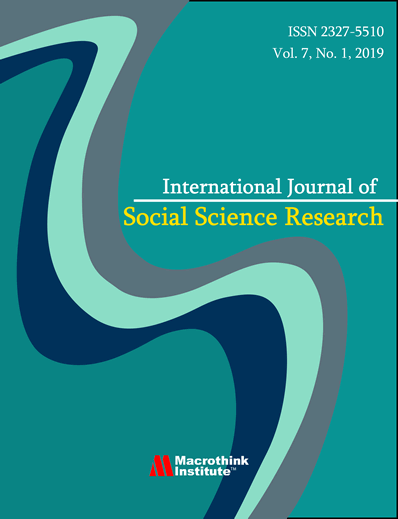Nihilism in Modern Literature: The Case of The Catcher in the Rye
DOI:
https://doi.org/10.5296/ijssr.v12i2.22302Abstract
The present research examines cultural implications of the 1951 novel The catcher in the rye by J. D. Salinger. The paper analyses the intradiegetic sentences made by the novel's main character, Holden Caulfield, and investigates on the inferences drawn from them. To this end, it would be used a structuralist methodological approach created by Gérard Genette and Roland Barthes in the 1970s. The conclusions reached indicate that around the date the book was written, a new type of nihilism was common for new generations in themes, characters, and symbols found in literary productions. In such manner, it is suggested that realist literature with intimate and existentialist characters, as well as other cultural objects, allow us to infer which are the daily life conditions. In the case of our work, those conditions are based on social discontent and cultural alienation of adolescents, which is in this research outlined as a new type of nihilism.

